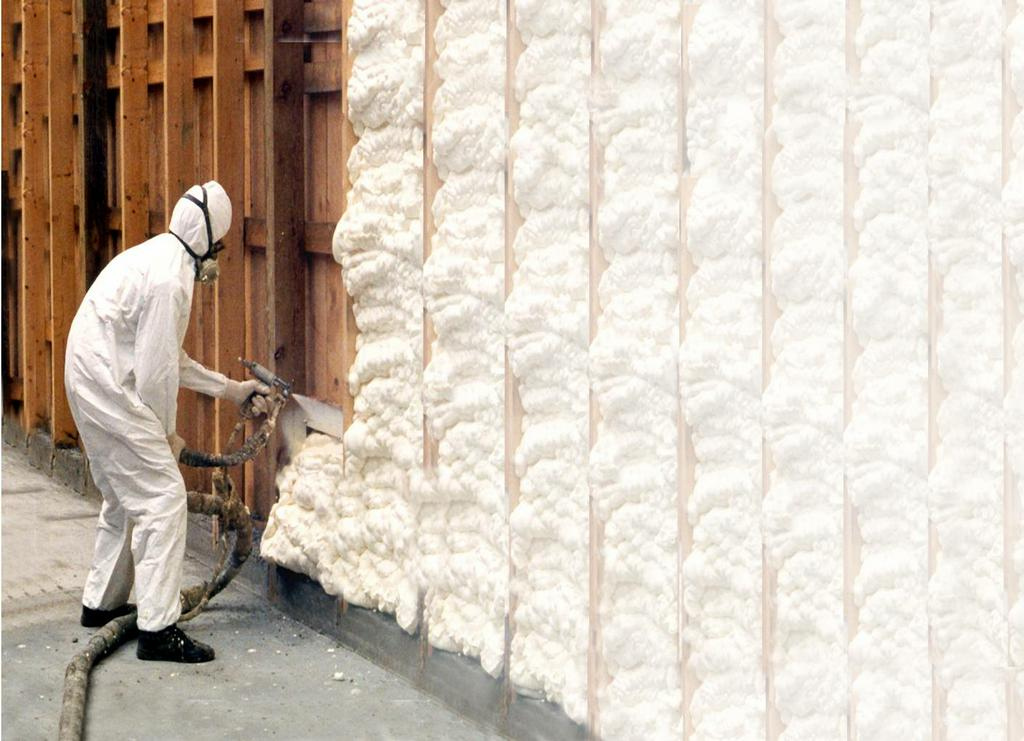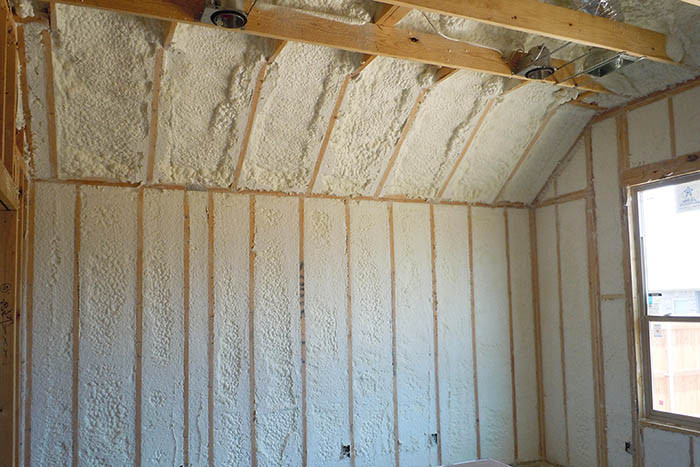
The worst mistake you can make as a homeowner is to use hazardous spray foam insulation. Getting the right insulation for your home is crucial. You expect it to aid in the sale of your home and the reduction of your energy costs, but sometimes saving money comes with a cost you’re not willing to pay.
For a multitude of reasons, spray foam insulation has lately been a popular choice among builders and homeowners. Its most notable benefit is that it seals all of the small cracks and holes in your home that allow bugs, air, and moisture to enter.
On the surface, spray foam looks to be the clear winner. However, the insulation company may fail to notify you that spray foam might create a hazardous environment in your home. Spray foam may help you save money on your energy bill, but it may also put your health at risk.
Let’s look at what spray foam insulation is and the dangers it poses so you can make an educated decision regarding your home and health.
What Is Spray Foam Insulation?
Spray foam insulation is typically made of polyurethane and isocyanate, and it may be used to insulate surfaces. To manufacture the insulation, two separate liquids are mixed and sprayed together. The liquid is put to the surface in a thin layer and quickly swells into the foam to fill large regions and establish tight seals.

The three most frequent forms of spray foam are high density, medium density, and low density. Each one has its own set of applications, with high density utilized in high-performance applications like roofing and exteriors and low density used mostly for interior walls.
There are two types of spray foam insulation: open-cell and closed-cell. The open cell type has a sponge-like feel and is denser than the closed-cell type. It’s a good noise-reduction alternative that’s generally less expensive than closed-cell insulation. Closed-cell insulation is a great moisture barrier, energy saver, and ecologically friendly option for insulation.
The Dangers of Using Spray Foam Insulation
On the surface, the popularity of spray foam insulation appears to be warranted. It has been proven to assist households in lowering their energy expenses. It appears to continue indefinitely. It creates an airtight seal that keeps bugs and moisture out. They’ve promoted it as “generally” safe for use in homes, as long even as the foam has had enough time to cure.
Some of its purported advantages, though, are also some of its weakest links.
Spray Foam Is Permanent
Spray foam, on the other hand, is an insulating material that may be used for a long time. Spray foam, however, is not a long-term insulating alternative. In this circumstance, permanence cuts both ways. You’ll be glad to learn that their investment will pay off over time and save you money. Spray foam, on the other hand, is extremely difficult to remove, even if it is defective. You’ll have to live with the repercussions for a long time if your foam isn’t properly cured and begins to break as a result of bad installation. Your home may become uninhabitable if the negative effects are strong enough.
For more enquirers, visit foamspray.co.uk


